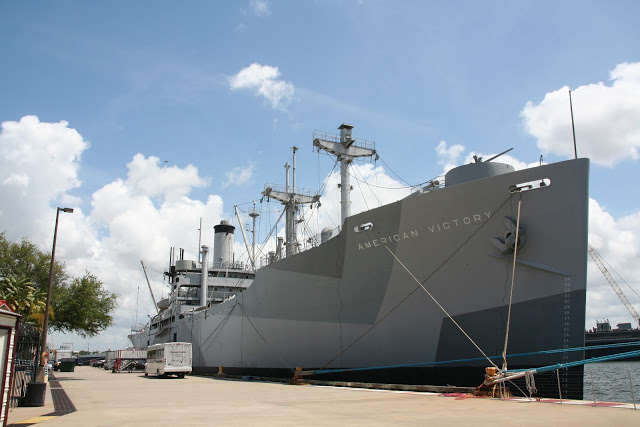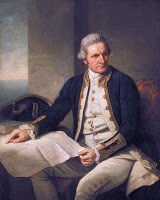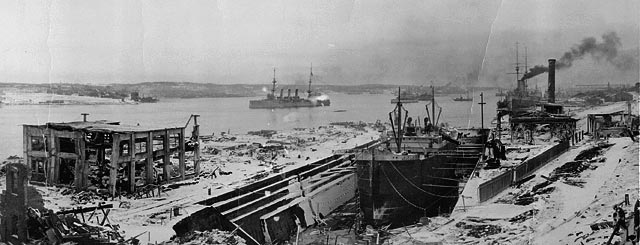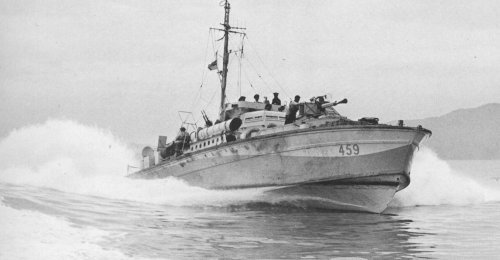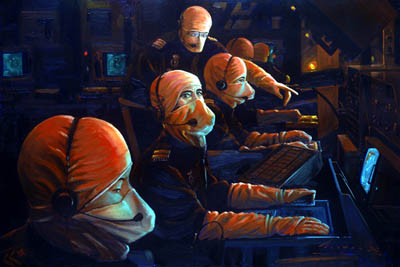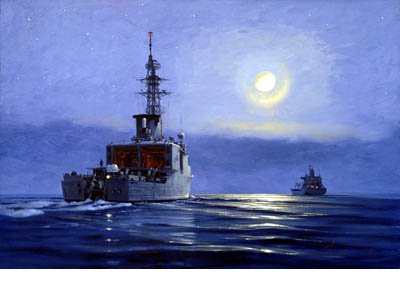Also Added to the Flickr Page, is a tour of HMCS Haida, from 2002. these photos were taken in Toronto, Prior to Haida’s move to Hamilton.
Category Archives: history
SS American Victory Tour
The SS American Victory was a US Victory Ship. after serving in the second world war, and korea, she was mothballed to the fleet in Virgina. When she came up for disposal, funds were raised to repair, and tow her to Tampa Fl. She is in full sailing condition, and sails when funds allow.
A full photo tour is available on our Flickr Page.
Enos Collins
The Royal Nova Scotia Yacht Squadron race committee vessel is named the Enos Collins, and today the federal government named a building in Amherst after him.
“Enos Collins was part owner of three privateer ships, including the Liverpool Packet, which captured 50 American merchant vessels for the British,” MP Armstrong stated. “Not only did he contribute immensely to our victory in the War of 1812, but he was also well-known in the community for his contributions to several charities in the Halifax region.”
As a young boy, Enos Collins went to sea aboard his father’s ship. His ambition eventually led him to become part owner of multiple vessels trading out of the thriving seaport of Liverpool, Nova Scotia. During the War of 1812, Collins was a co-owner of the Liverpool Packet, which became famous for capturing 50 American merchant vessels for the British. At that time, he also founded the Halifax Banking Company, which is known today as the Canadian Imperial Bank of Commerce.
For more information on Enos Collins and the War of 1812, please visit 1812.gc.ca.
Captain James Cook
Captain James Cook, was a British explorer, navigator, cartographer, and captain in the Royal Navy. He was Killed by Natives on the island of Kona Hawaii, 234 years ago today. Why do we care about James Cook? He was responsible for the earliest charts of much of the east coast of Canada including Halifax – His chart of which is below.
From Wikipedia:
During the Seven Years’ War, he served in North America as master of Pembroke. In 1758, he took part in the major amphibious assault that captured the Fortress of Louisbourg from the French, after which he participated in the siege of Quebec City and then the Battle of the Plains of Abraham in 1759. He showed a talent for surveying and cartography, and was responsible for mapping much of the entrance to the Saint Lawrence River during the siege, thus allowing General Wolfe to make his famous stealth attack on the Plains of Abraham.
Cook’s aptitude for surveying was put to good use mapping the jagged coast of Newfoundland in the 1760s, aboard HMS Grenville. He surveyed the northwest stretch in 1763 and 1764, the south coast between the Burin Peninsula and Cape Ray in 1765 and 1766, and the west coast in 1767. At this time Cook employed local pilots to point out the “rocks and hidden dangers” along the south and west coasts. During the 1765 season, four pilots were engaged at 4 shillings a day each: John Beck for the coast west of “Great St. Lawrence”, Morgan Snook for Fortune Bay, John Dawson for Connaigre and Hermitage Bay, and John Peck for the “Bay of Despair.”
 His five seasons in Newfoundland produced the first large-scale and accurate maps of the island’s coasts and were the first scientific, large scale, hydrographic surveys to use precise triangulation to establish land outlines. They also gave Cook his mastery of practical surveying, achieved under often adverse conditions, and brought him to the attention of the Admiralty and Royal Society at a crucial moment both in his career and in the direction of British overseas discovery. Cook’s map would be used into the 20th century—copies of it being referenced by those sailing Newfoundland’s waters for 200 years.
His five seasons in Newfoundland produced the first large-scale and accurate maps of the island’s coasts and were the first scientific, large scale, hydrographic surveys to use precise triangulation to establish land outlines. They also gave Cook his mastery of practical surveying, achieved under often adverse conditions, and brought him to the attention of the Admiralty and Royal Society at a crucial moment both in his career and in the direction of British overseas discovery. Cook’s map would be used into the 20th century—copies of it being referenced by those sailing Newfoundland’s waters for 200 years.
2012 the year in review
 |
| Goodbye 2012 |
2012 was an interesting year. 180000 people read halifaxshippingnews.ca in 2012 – more then ever before, and growth was steadly climbing from month to month. We also had the 320 posts this year – almost one a day, and picked up Telonix as our first sponsor.
In Ship Building news, The APA recived its new Pilot Boat. The First 3 Hero Class midshore patrol vessels were launched for the Coast Guard. HRM Decided to build a 4th Ferry, and the 3 existing ones got AIS. The Bluenose was launched, and Oceanex, Fedanav, and ACL all ordered new ships.
Halifax saw a variety of interesting Visiting naval Ships, including USCG Dependable, Tahoma, Juniper, Reliance and Spencer; Royal Navy HMS Scott, HMS Protector, US Navy ships USS Laboon, USS Fort Worth, USS De Wert and USS Hurricane; Plan Zenghe, HNoMS Thor Heyerdahl, The German vessels FGS Emden, FGS Hessen, FGS Frankfurt am Main; HDMS Esbern Snare; USNS Grapple; French Naval Tug Malabar
Breakdowns – Atlantic Cartier with engine troubles, Renate Shulte with a hole in her bow from a loose anchor, Stuttgart Express with a bunker leak.
We commemorated the Titanic 100th anniversary, tall ships, afl went bankrupt and the ship was sold by the court. Pier 9 expansion was well under way and the Pier 42 Expansion was completed; first disney cruise; and the Scotia Dock II sold for scrap.
there are many more notable events that I missed.
Lets bring on 2013, it should be interesting.
CBC’s Land And Sea – Shipbuilding in the Maritimes
In Case you missed it Sunday, You can watch it Here. For Background, See the Previous Post
The Halifax Explosion
CBC’s Land and Sea Documentary Maritime Shipbuilding
 |
| Spencers Island Beach, Nova Scotia – Photo Credit Geoff D’Eon.jpg |
 |
| Hantsport, Nova Scotia – Photo Credit Geoff D’Eon.jpg |
 |
| Port Greville, Nova Scotia – Photo Credit Geoff D’Eon.jpg |
The News Release:
Help Save Part of Canada’s Costal Forces from WWII
The Canadian Coastal Forces Trust has launched a campain to raise funds to Purchase and restore a WWII Motor Torpedo Boat. In the Course of thier research, they have identified ex RCN MTB 486 curently acting as a house boat in the UK. The Plan is to Purchase the vessel, and have MTB Marine Ltd., who maintain Britain’s MTB 102, to restore MTB 486 back to operational condition. MTB Marine have provided a quote of $750,000 to make MTB 486 operational again.
You can Contribute Via Indiegogo or CanadaHelps.org
(Bellow) MTB 486 as she appears today.
To My knowlege, the only other vessels preserved in canada from the second world war are HMCS Haida in Hamilton (Tribal Class destroyer) and HMCS Sackville (Flower Class Corvette) in Halifax

